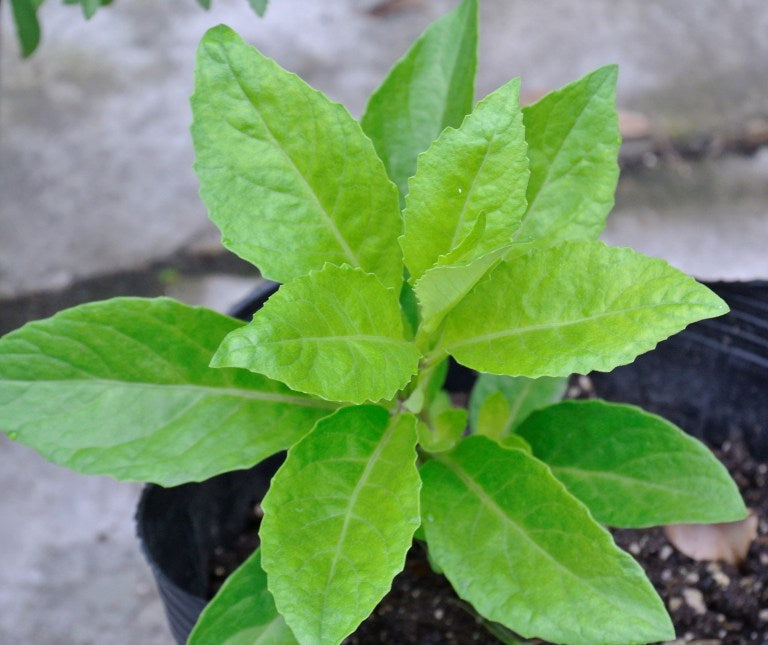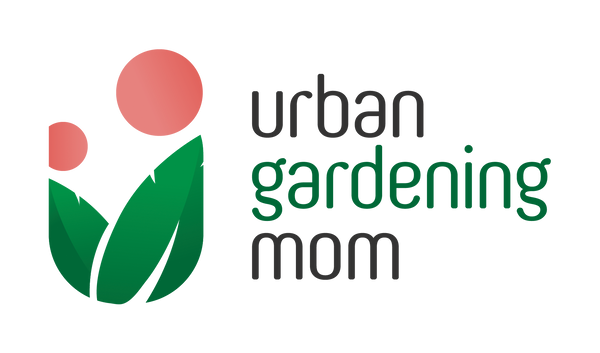
About Gynura Procumbens (Longevity Spinach): the “Fake” Ashitaba
Share
As I was doing my usual grocery chores one long weekend, I stumbled upon a seedling that is being sold at the store as “ashitaba”. I’ve heard so much about the wonderful benefits of ashitaba so I decided to buy two healthy seedlings. As I was researching online about this so-called “ashitaba”, I suddenly realized that I just bought the “fake” ashitaba. I actually purchased seedlings of gynura procumbens, otherwise known as the “longevity spinach”.
Ashitaba (known as “tomorrow leaf”) originated in Japan and had long been used there for medicinal purposes. Because of the high anti-oxidant properties found in the sap and the leaves, ashitaba has been known to cure or alleviate a lot of ailments, including cancer. In appearance, ashitaba and the gynura are very dissimilar since ashitaba has more pronounced leaf ridges. So I really can’t understand how many Filipinos mistakenly refer to gynura procumbens as “ashitaba”.
Gynura Procumbens: The miracle leaves?
Not to be outdone however, gynura procumbens itself has many amazing healing properties, and I can personally attest to this. A few years ago, my parents brought home a puppy which they fittingly named “Lucky” . Three weeks later, Lucky fell very ill and we all thought that it was not going to survive another day. In desperation, my mother picked some fresh gynura leaves (which she referred to as “ashitaba”) from her organic garden. She made juice out of the leaves and gave it to the little dog to drink. The next day, to our pleasant surprise, Lucky was all up and about, as if it had never been sick at all.
Gynura procumbens is said to be able to treat a long list of health conditions, including diabetes, hypertension, fever, high cholesterol, and breast cancer. To learn more about the health benefits of this wonderful plant, visit http://www.ashitabaplant.com. The leaves of gynura are crispy when picked fresh from the plant. They are best eaten raw as an ingredient to salads, or juiced with other fruits and vegetables.
How to Grow
Fortunately for me, gynura procumbens is a native of Southeast Asia and is easy to grow in my home country. In other countries, it can generally tolerate the cold weather conditions, but it’s better to move the plant indoors during extremely cold months. The plant can thrive either in full sun or partial shade, and it is a perfect candidate for container gardening.
Watering is needed when the soil feels dry. When growing in containers, always ensure there are enough holes for excess water to drain out. Choose a container that is at least 12 inches in depth and width. When planted directly on the ground, gynura tends to spread quickly so prune the branches and leaves regularly. Add compost or fertilizer every other month, especially when grown in pots. The plant is generally resistant to common garden pests, if it is grown in its native environment. To propagate, gynura procumbens can be grown either from seeds or from cuttings.
To learn more tips on urban gardening, check out my other articles at http://urbangardeningmom.com.
